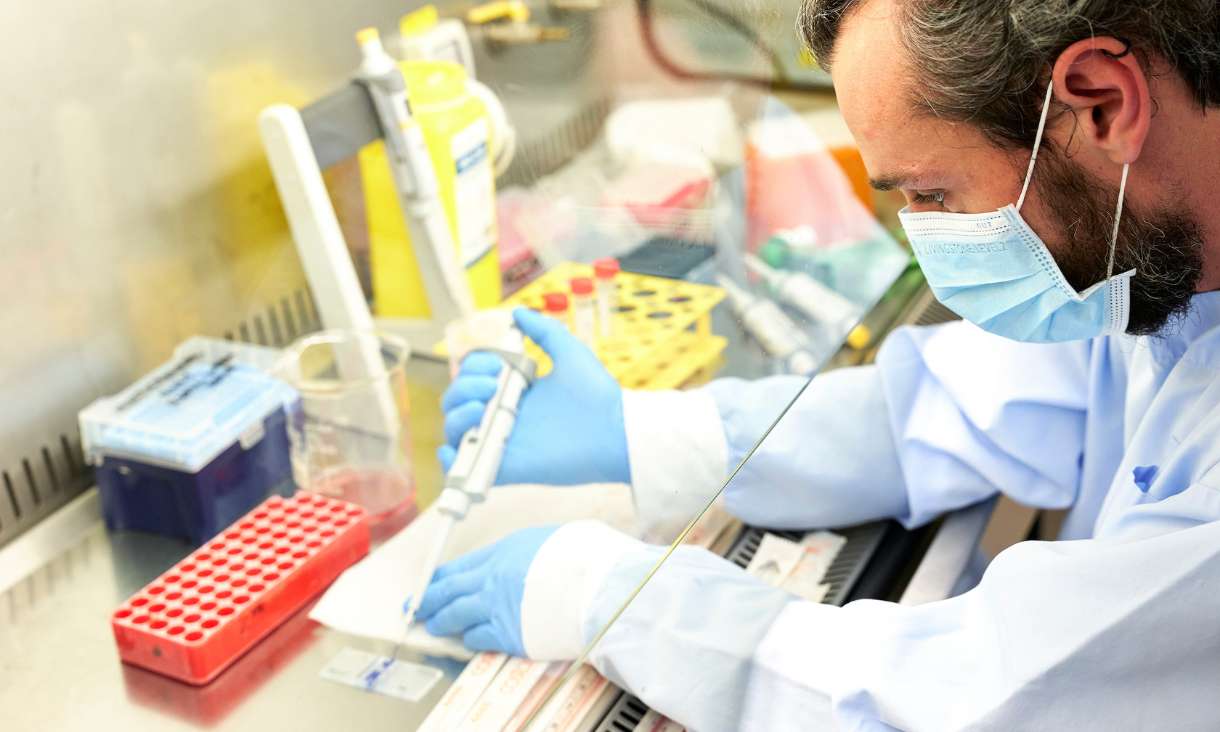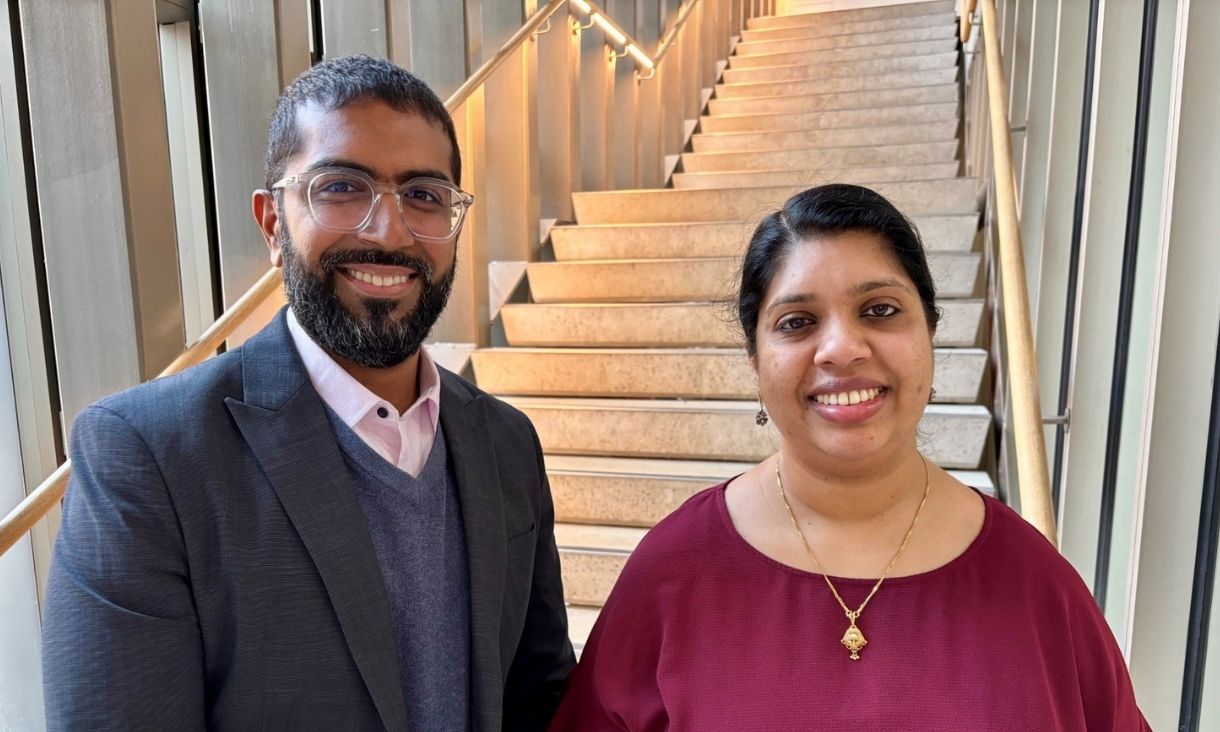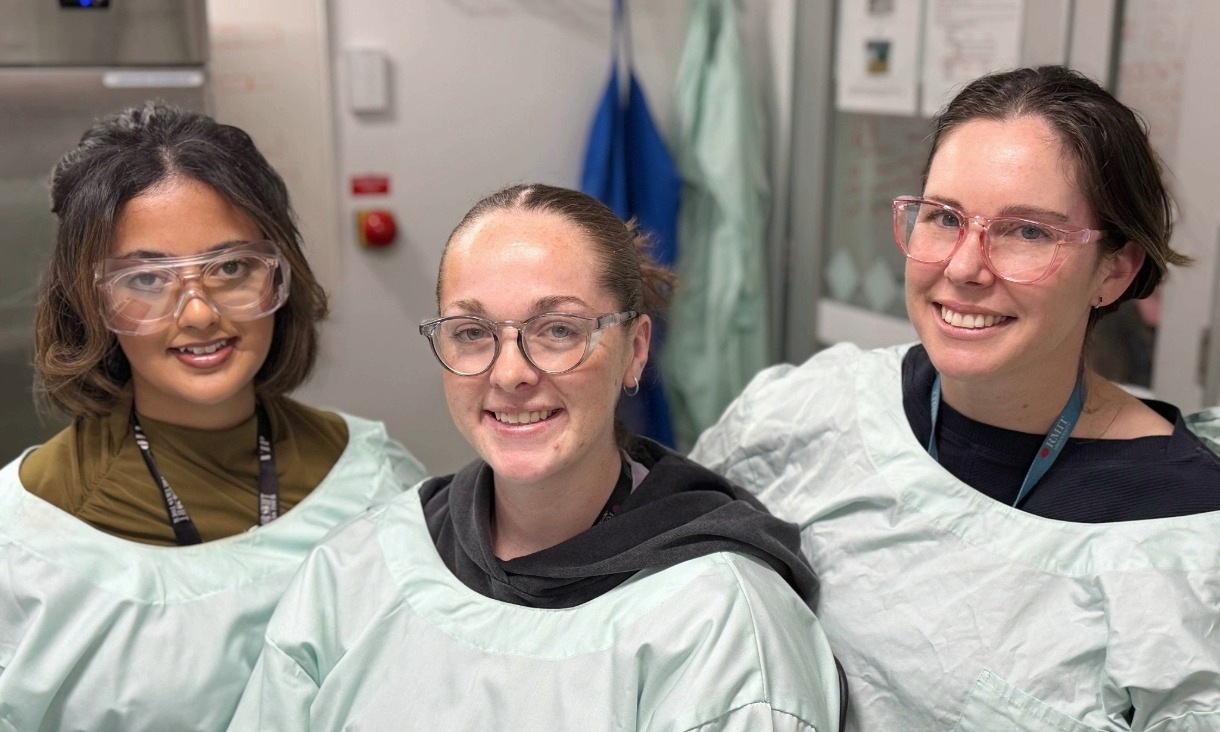Topics: myopia, near-sightedness, short-sightedness, eyesight, glasses, prevention
Dr Loretta Vocale, Lecturer, Psychology and Neuroscience
“Ten years ago, short-sightedness – officially known as ‘myopia’ – was considered to be an epidemic. Now, it’s a pandemic.
“Short-sightedness is when you can see things up close (like a book), but not things that are far away (like a sports game from your stadium seat).
"Although the actual cause is unknown, both environment and genetics play a role in the development and progression of short-sightedness.
“With our dependence on technology, especially handheld ones, we are seeing even higher rates of short-sightedness in developed countries – particularly in children and people in east Asia where up to 90% of high school graduates are short-sighted.
“Genetically, children are more likely to become short-sighted if one of their parents are also short-sighted, which is why we’re seeing more younger people wearing glasses.
“Once diagnosed, there’s no cure. Vision will continue to decline and can lead to blindness if not managed properly.
“According to the World Health Organization (WHO) report on the global impact of myopia, the annual global costs of productivity losses associated with vision impairment from uncorrected myopia alone were estimated to be US$244 billion.
“In countries where short-sightedness is highly prevalent, the economic burden of uncorrected short-sightedness was reported to be equivalent to more than 1% of gross domestic product.
“As the incidence and prevalence of short-sightedness is on the rise, we need to consider preventative methods to minimise this as the outcome of this pandemic is a worldwide population going blind.
“Although laser surgery or LASIK can be an alternative to wearing glasses/contact lenses, most patients end up going back to using glasses as they get older.
“While its development can’t be prevented due to the genetic component, people can stunt its progression and severity by:
- Going outside: Research has shown that spending time outdoors can be effective in preventing or slowing worsening vision.
- Bringing natural lights indoors: Be in a room with glass windows and skylights rather than artificial lights.
- Minimising activities that are eye-straining: Evidence shows you should avoid being on your phone and looking at computers all day.
“Some people suggest that short-sightedness is an evolutionary adaptation to the pressures of our modern, visual environment.
“While research in this area is continuing, we need to consider what information we have now that could minimise the fallout – as this can lead to a significant impact that can cost us billions of dollars.”
Loretta completed her PhD in molecular neuroscience focusing on profiling the transcriptomic and proteomic changes in myopia. She is currently continuing her work on understanding the molecular mechanisms underlying myopia onset and progression, and on ways to minimise severe complications.
***
General media enquiries: RMIT External Affairs and Media, 0439 704 077 or news@rmit.edu.au







